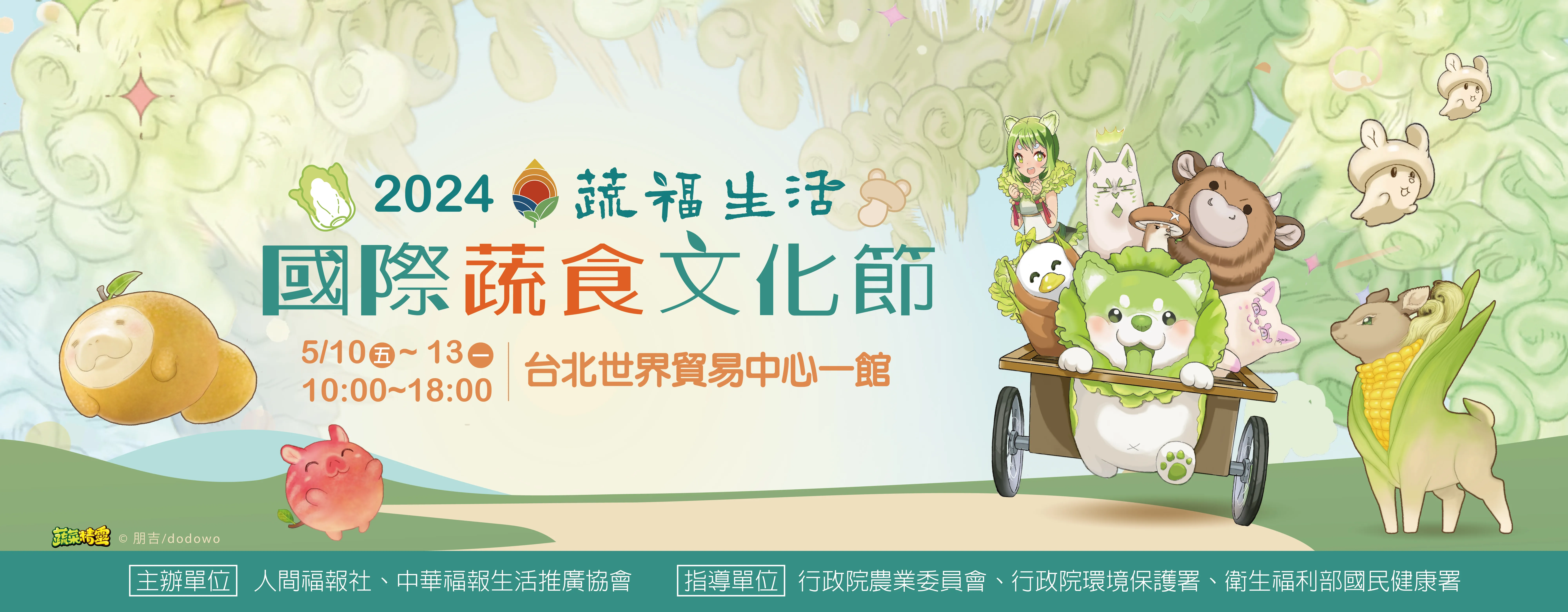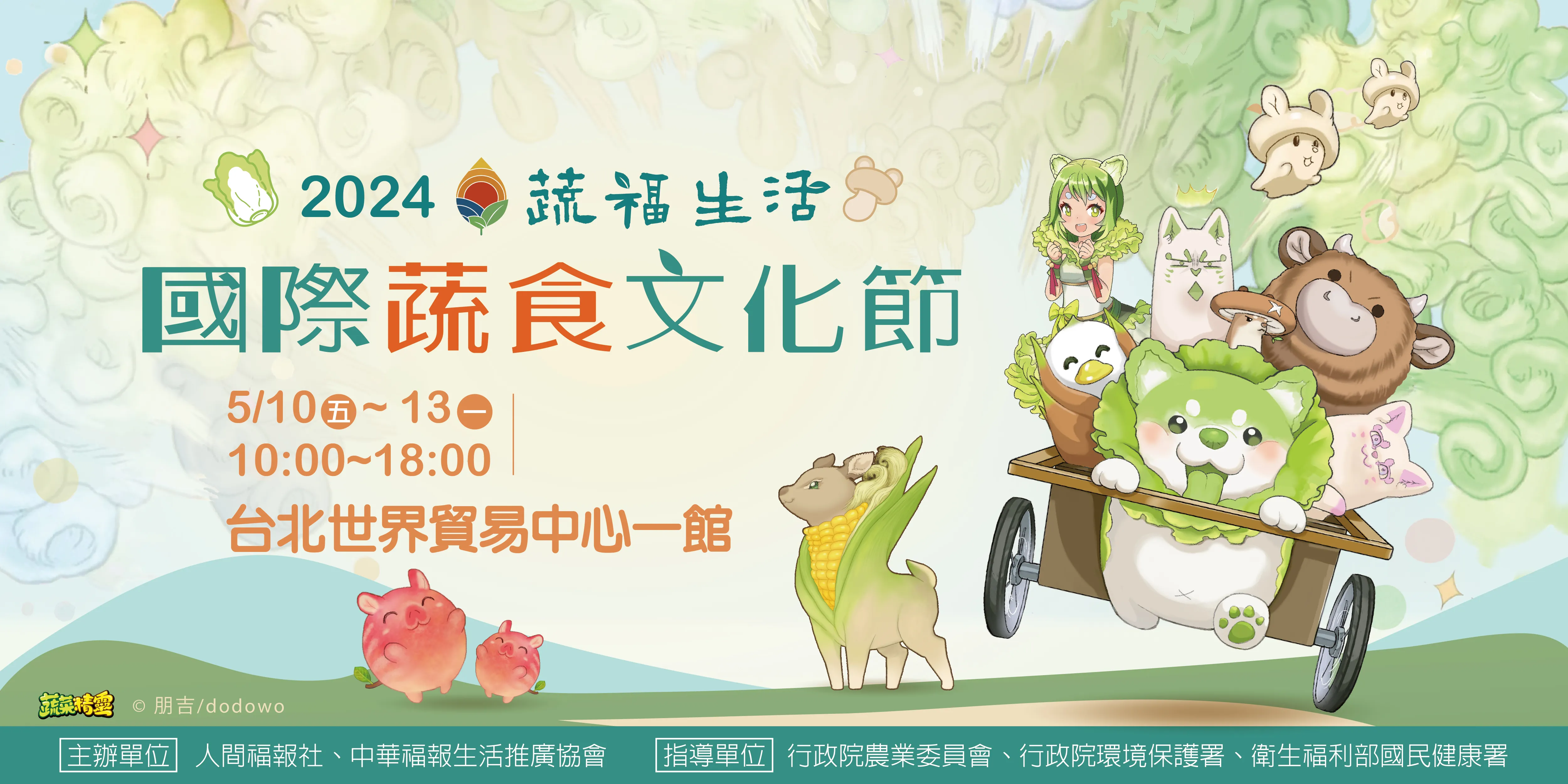


| 時代: | 元朝至順時期 (西元1332年) |
| 出土地點: | 傳世品 |
| 尺寸: | 高度:48 cm 口沿直徑:15 cm 底足直徑:18.5 cm 重量:9,005 g |
| 質地: | 瓷器 |
| 數量: | 1 |
蓋頂端以坐姿獸形為鈕,口沿微外撇、厚唇,短直頸,溜肩、圓腹,底足微撇,器體六接,拉坏後接胎,由瓷器內部可明顯看到腹部有一接痕,為元朝典型罐器之一。蓋從上至下分為四層,最上緣是青花錢紋,第二層是有間隔的青花蓮瓣紋,內繪釉裡紅祥雲紋,第三層上緣有青花雙圈,下繪釉裡紅捲草紋,蓋最下緣是青花回紋。
The jar has two beast-shaped handles, a slightly flared rim, thick lip, short straight neck, sloping shoulders, rounded body, and a slightly flared foot. The vessel consists of six connected sections, and it has been reassembled after being pulled apart, as evident from the visible seam on the interior of the vase. This type of jar is a typical representative of Yuan dynasty pottery. The lid of the jar is divided into four layers from top to bottom. The uppermost layer features a blue and white coin pattern, followed by an interval of blue and white lotus petal motifs, and the inner layer is decorated with iron red auspicious cloud motifs. The third layer at the top displays blue and white double circles, and the lower section depicts iron red scrolling vine patterns. The lowest edge of the lid is adorned with a blue and white ruyi border.
全器從頸口至足底,由上至下共分四層,兩側有青花釉裡紅獸耳,口沿外繪一圈青花錢紋,頸部繪青花釉裡紅海濤紋,器肩繪的是一圈有間隔的青花蓮瓣紋,內繪青花釉裡紅雜寶紋,罐腹主題紋飾繪的是元曲故事三顧茅廬,一面是著紅衣的劉備帶隨從誠懇求見,另一面為穿紅衣的諸葛孔明閒適地坐在岩塊上,旁邊有小童隨侍,背景有松、竹、梅、芭蕉葉紋、山石和菊花,主體紋飾下有青花捲草紋一圈,脛部繪一圈釉裡紅蓮瓣紋,內繪青花祥雲紋,整體畫面飽滿、主次分明、流暢自然,山石皴染酣暢淋漓,筆筆精到,渾然一體十分完美,構成一幅壯觀又優美的山水人物畫卷,本器整體紋飾描繪方法都符合元朝標準繪法。
The jar is divided into four sections from top to bottom. On both sides are blue and white and iron red beast-shaped handles. The mouth rim is decorated with a blue and white coin pattern, while the neck displays a blue and white wave motif. The shoulder of the jar features an interval of blue and white lotus petal motifs, with iron red miscellaneous treasures motifs inside. The central theme on the body of the jar portrays the Three Visits to the Thatched Cottage story. One side depicts Liu Bei, dressed in red robes, earnestly seeking an audience, while the other side shows Zhuge Liang, also in red, comfortably seated on a rock, attended by a young servant. The background is adorned with motifs of pine, bamboo, plum blossoms, banana leaves, rocks, and chrysanthemums. Beneath the main motif is a blue and white scrolling vine border, followed by an iron red lotus petal border. Inside, there is a blue and white auspicious cloud motif. The overall composition is well-balanced, with fluid and natural lines, and the brushwork is detailed and skillful. The depiction of rocks is particularly masterful, capturing a sense of lively realism. The entire scene is harmonious and perfectly integrated, forming a grand and beautiful landscape with figures. The decorative style on the jar adheres to the standard Yuan dynasty painting techniques.
釉裏紅易燒失,對溫度及氣氛敏感,如發色不好則容易呈黑色或灰色,若還原氣氛掌控不好還會出現綠色斑痕,此件少部分即有釉裡紅揮發未完全形成的蟹殼青與蘋果綠,是標準元朝釉裡紅特徵。青花料以國產料和進口料混合,國產料比例較高,青料低鐵高錳,色澤微帶藍紫色,少部分周圍有黃褐、綠褐的鐵鏽斑,青花料和釉裡紅皆吃進胎骨,透明釉以浸釉方式施釉,釉水肥厚、微帶蛋青,罐內刷釉。
Iron red glaze is sensitive to firing conditions and atmosphere, and deviations can result in black or gray colors. Poor control of reducing atmospheres can lead to green spotting. This jar exhibits slight traces of underdeveloped iron red glaze, manifesting as crabshell green and apple green, which are indicative of typical Yuan dynasty iron red characteristics. The blue pigment is a mixture of domestically produced and imported materials, with a higher proportion of domestically sourced materials. The blue pigment has low iron and high manganese content, lending a slight blue-purple hue, and some areas display yellow-brown and green-brown rust spots. Both the blue pigment and iron red glaze are integrated into the body. The transparent glaze is applied through dipping, with a thick application and a subtle eggshell tint. The inside of the jar is also glazed.
此件使用麻昌土與高嶺土混合之二元配方土,胎質粗、帶雜質,足底末施釉但有滴釉,足底斜削45度,可見黑褐色芝麻斑點狀,足底和足底滴釉處有標準火石紅。足底書「至順三年良辰吉置」,並有塑胎時按壓在瓷器底部單邊倭角狀、陰刻的「博陵第」牌記,「博陵第」牌記有年代久遠之風化現象,「博陵第」是1998年陸續出土,於2004年正式公開發現的元朝時期官窯窖藏。
The jar is made using a combination of Ma Chang and Gaoling clays, resulting in a coarse texture with impurities. The foot is unglazed with dripped glaze, and the underside is beveled at a 45-degree angle, revealing sesame seed-like black-brown spots. The foot bears the inscription "In the third year of Zhishun, on an auspicious day, made by Liang." Additionally, during molding, a "Bo Lingdi" label was pressed into the porcelain at the base. This label has aged over time. "Bo Lingdi" pieces were excavated gradually starting from 1998 and were officially discovered in 2004 as a collection of Yuan dynasty official kiln ware.



